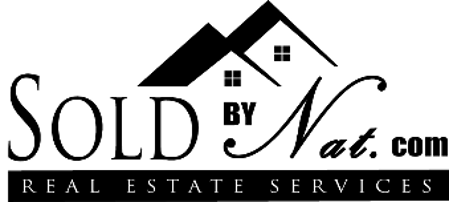
The decision to buy first or sell first, has always been a little of the "Which came first: the chicken or the egg?" type of question. Is it better to buy another home before you sell your current one or sell the current one before you buy the replacement?
Some buyers don't have a choice because they need the equity out of the current home to purchase the new one and possibly, their income limits their ability to qualify for having both mortgages at the same time. However, some buyers, with sufficient financial resources, may have other options available to facilitate the move.
A home equity line of credit, HELOC, is a type of loan that a traditional lender like a bank will loan up to the difference in what is currently owed on the home and 75-80% of the value. A borrower is approved for the line of credit and then, can borrow against it as needed.
A homeowner with sufficient equity, would want to secure a HELOC prior to contracting for the new home. Typically, the interest will be due monthly. When they sell the home, the loan would be paid off along with any other liens on the property like the first mortgage.
A bridge loan is different in that it is usually a specific amount of money for a short term used to "bridge" the time frame necessary to acquire the replacement property and sell the existing home. The amount available is like the HELOC, usually, up to 80% of the home's value less the existing mortgage.
Some lenders may require being in the first position which may require retiring the existing first from the proceeds from the bridge lender.
Hard money lenders are a little more flexible in some of their requirements compared to typical lenders, but it comes at a cost. They could charge two to three percent, called points, of the money borrowed paid up-front and the interest rate will be higher than long-term mortgage money.
Another alternative is to find a conventional lender who has a program that allows you to recast the loan in a specified period. The borrower would get a low-down payment mortgage on the replacement home and after the original home is sold and funded, the lender will apply the lump sum toward the principal amount owed and recalculate the payments and amortization schedule.
By recasting the loan, the borrower does not go through the process of getting a new mortgage by refinancing and saves the costs involved. Most conventional loans and conforming Fannie Mae and Freddie Mac loans allow it after 90-days. FHA, VA, GNMA loans do not allow recasting.
Borrowers with 401(k) retirement accounts may consider borrowing against that asset which could be a lower interest rate than other temporary options. Depending on the size of the 401(k), the amount available to borrow could be up to half the balance or $50,000 whichever is less. If the loan isn't repaid in a timely fashion, there can be taxes and penalties.
In each of these options, the seller is involved in borrowing money to accommodate a purchase and sale of a home. There will be expenses involved but the advantage is that they have a better chance of realizing most of their equity while facilitating a purchase before they sell their home. This is particularly helpful in markets that are low in inventory.
One last options is to consider selling your existing home to an iBuyer or private investor. The attraction to this alternative is that they will make you an instant offer, buy your home and you'll have cash to use to purchase your new home. These companies or investors, intend to resell the property, so they must discount the price they pay for your property taking into mind they will be responsible for repairs, maintenance, selling fees and other expenses.
While it may sound appealing, you may discover that the amount you will realize will be less than if you sell your home in a conventional manner.
Your real estate professional will be able to do a comprehensive market analysis to indicate market value and the net proceeds you can expect to have. This will assist you in determining which option makes sense for you at this time. They can also recommend lenders and approximate timelines for each alternative.





